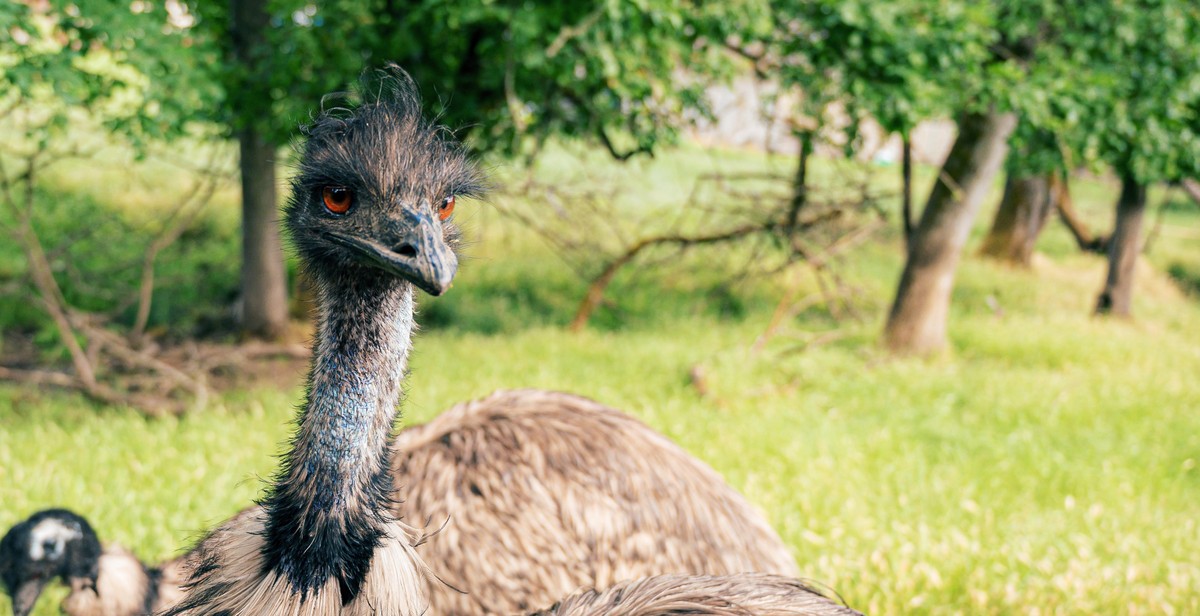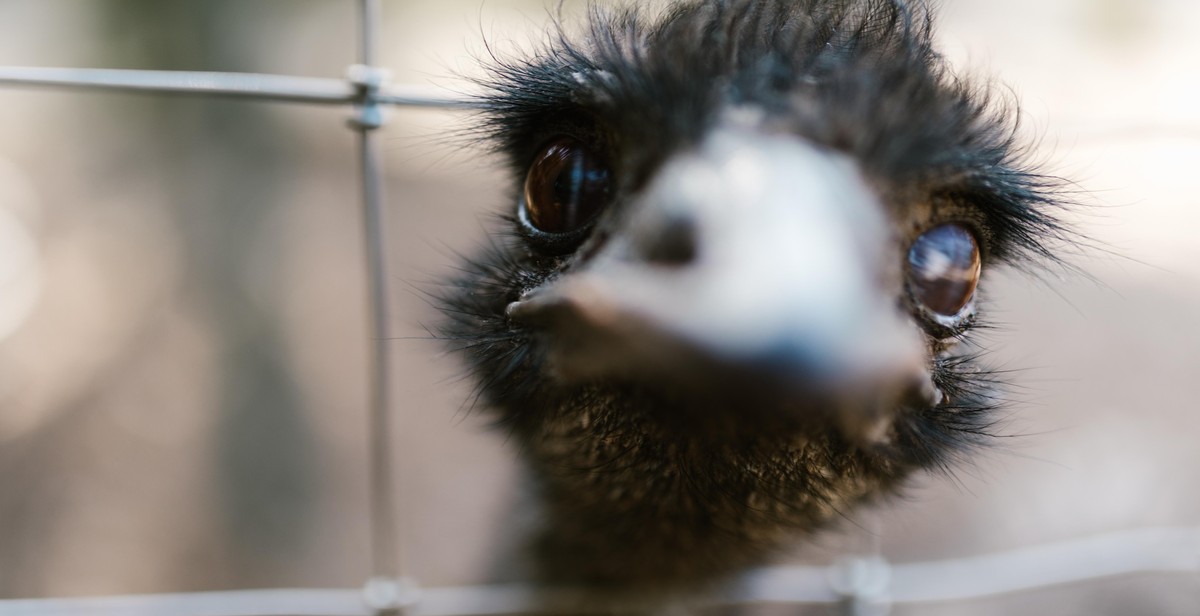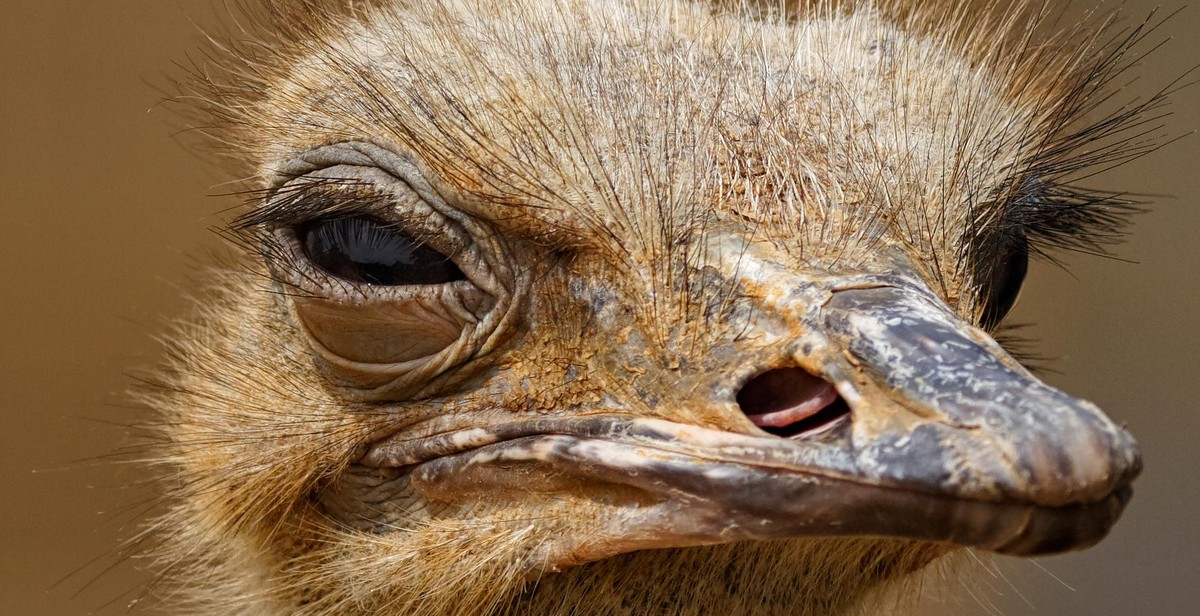How to Prevent Common Ostrich Diseases: Vaccination and Biosecurity Measures for Disease Prevention
As a professional ostrich farmer, I have seen firsthand the devastating effects of ostrich diseases on a flock. These diseases can quickly spread and wipe out an entire population, causing a significant financial loss and emotional distress. Therefore, it is crucial to take preventive measures to keep your ostriches healthy and disease-free.
Why Vaccination is Important
Vaccination is one of the most effective ways to prevent ostrich diseases. It helps to stimulate the bird’s immune system to fight off potential infections. Vaccines are available for various ostrich diseases, including Newcastle disease, avian influenza, and fowl pox. It is essential to work with a veterinarian to determine which vaccines are necessary for your flock and to ensure they are administered correctly.
Why Biosecurity Measures are Important
Biosecurity measures are crucial to prevent the spread of diseases within and between flocks. These measures include controlling access to the farm, disinfecting equipment and facilities, and isolating sick or newly acquired birds. It is also essential to monitor and control the movement of people, equipment, and vehicles to and from the farm.
By implementing vaccination and biosecurity measures, ostrich farmers can significantly reduce the risk of diseases and keep their flocks healthy and thriving.
| Tip: | Regularly clean and disinfect your ostrich enclosures and equipment to prevent the spread of diseases. |

Common Ostrich Diseases
Ostriches are prone to several diseases, some of which can be fatal if not treated promptly. The following are some of the most common ostrich diseases:
Avian Influenza
Avian influenza, also known as bird flu, is a highly contagious viral disease that affects birds. The disease can be transmitted to ostriches through contact with infected birds or contaminated materials such as feed and water. The symptoms of avian influenza in ostriches include a sudden drop in egg production, respiratory distress, coughing, sneezing, and diarrhea. Vaccination is the best way to prevent avian influenza in ostriches. It is also important to practice good biosecurity measures to prevent the spread of the disease.
Newcastle Disease
Newcastle disease is a viral disease that affects birds, including ostriches. The disease is highly contagious and can be transmitted through contact with infected birds or contaminated materials such as feed and water. The symptoms of Newcastle disease in ostriches include respiratory distress, coughing, sneezing, and diarrhea. Vaccination is the most effective way to prevent Newcastle disease in ostriches. It is also important to practice good biosecurity measures to prevent the spread of the disease.
Fowl Cholera
Fowl cholera is a bacterial disease that affects birds, including ostriches. The disease is transmitted through contact with infected birds or contaminated materials such as feed and water. The symptoms of fowl cholera in ostriches include a sudden drop in egg production, respiratory distress, coughing, sneezing, and diarrhea. Vaccination is the best way to prevent fowl cholera in ostriches. It is also important to practice good biosecurity measures to prevent the spread of the disease.
| Disease | Symptoms | Prevention |
|---|---|---|
| Avian Influenza | Sudden drop in egg production, respiratory distress, coughing, sneezing, and diarrhea | Vaccination and biosecurity measures |
| Newcastle Disease | Respiratory distress, coughing, sneezing, and diarrhea | Vaccination and biosecurity measures |
| Fowl Cholera | Sudden drop in egg production, respiratory distress, coughing, sneezing, and diarrhea | Vaccination and biosecurity measures |

Vaccination for Ostriches
Vaccination is an essential part of preventing common ostrich diseases. There are two types of vaccines for ostriches: live attenuated vaccines and inactivated vaccines.
Live Attenuated Vaccines
Live attenuated vaccines are made from weakened forms of the virus or bacteria. These vaccines provide long-lasting immunity and require only one or two doses to be effective. Live attenuated vaccines are generally more effective than inactivated vaccines, but they can cause mild to moderate side effects in some birds.
The most common live attenuated vaccines for ostriches are:
- Newcastle disease vaccine
- Infectious bursal disease vaccine
- Fowl pox vaccine
Inactivated Vaccines
Inactivated vaccines are made from dead virus or bacteria. These vaccines require multiple doses to be effective and provide shorter-lasting immunity than live attenuated vaccines. Inactivated vaccines are generally safe and do not cause side effects in birds.
The most common inactivated vaccines for ostriches are:
- Avian influenza vaccine
- Salmonella vaccine
- Newcastle disease vaccine
Vaccination Schedule
The vaccination schedule for ostriches depends on the type of vaccine and the age of the bird. It is important to follow the manufacturer’s recommendations and consult with a veterinarian before administering any vaccines.
Typically, ostrich chicks are vaccinated at 1-2 weeks of age with Newcastle disease vaccine and at 4-6 weeks of age with infectious bursal disease vaccine. Fowl pox vaccine is usually given at 8-12 weeks of age.
Adult ostriches should receive annual boosters for Newcastle disease vaccine and infectious bursal disease vaccine. Avian influenza vaccine and salmonella vaccine may also be recommended for adult birds, depending on their risk of exposure.
| Vaccine | Age of Bird | Number of Doses |
|---|---|---|
| Newcastle disease vaccine | 1-2 weeks | 1 |
| Infectious bursal disease vaccine | 4-6 weeks | 1 |
| Fowl pox vaccine | 8-12 weeks | 1 |
| Avian influenza vaccine | Varies | 2-3 |
| Salmonella vaccine | Varies | 2-3 |

Biosecurity Measures for Disease Prevention
Preventing common ostrich diseases requires a comprehensive approach to biosecurity. Effective biosecurity measures include quarantine procedures, environmental control, pest control, and sanitation. By following these guidelines, ostrich farmers can reduce the risk of disease outbreaks and protect the health of their flock.
Quarantine Procedures
Quarantine procedures involve isolating new or sick birds from the rest of the flock. This helps prevent the spread of infectious diseases. New birds should be quarantined for at least 30 days before being introduced to the flock. During this time, they should be kept in a separate area and monitored for signs of illness. Sick birds should also be isolated and treated promptly to prevent the spread of disease.
Environmental Control
Environmental control involves managing the conditions in which the ostriches live. This includes maintaining a clean and dry environment, providing adequate ventilation, and controlling temperature and humidity levels. A well-ventilated and clean environment helps reduce the risk of disease transmission. Temperature and humidity control can prevent the growth of harmful bacteria and fungi.
Pest Control
Pest control involves preventing and controlling the presence of pests such as rodents, insects, and wild birds. Pests can carry and transmit diseases to ostriches. Effective pest control measures include keeping the area around the ostrich enclosure clean and free of debris, using pest-proof feed storage containers, and implementing a pest control program that includes regular inspections and treatments.
Sanitation
Sanitation involves maintaining a clean and hygienic environment for the ostriches. This includes cleaning and disinfecting all equipment and surfaces that come into contact with the birds, such as feeders and waterers. Sanitation also involves proper disposal of manure and other waste materials. Regular cleaning and disinfection can help prevent the spread of disease and promote the overall health of the flock.
| Measure | Description |
|---|---|
| Quarantine Procedures | Isolating new or sick birds from the rest of the flock for at least 30 days. |
| Environmental Control | Maintaining a clean and dry environment, providing adequate ventilation, and controlling temperature and humidity levels. |
| Pest Control | Preventing and controlling the presence of pests such as rodents, insects, and wild birds. |
| Sanitation | Maintaining a clean and hygienic environment by regularly cleaning and disinfecting equipment and surfaces, and properly disposing of waste materials. |
By implementing these biosecurity measures, ostrich farmers can reduce the risk of disease outbreaks and protect the health of their flock. It is important to consult with a veterinarian to develop a comprehensive biosecurity plan that is tailored to the specific needs of your farm.

Conclusion
In conclusion, ostrich farming can be a lucrative business if the right measures are put in place to ensure the health and wellbeing of the birds. Vaccination and biosecurity measures are crucial in preventing common ostrich diseases such as Newcastle disease, avian influenza, and Marek’s disease.
Vaccination
Vaccination is a cost-effective method of preventing ostrich diseases. It is important to consult with a veterinarian to determine the appropriate vaccination schedule and the right vaccines to use. Vaccines should be administered at the right time and in the right dosage to ensure maximum effectiveness.
Biosecurity Measures
Biosecurity measures are equally important in preventing ostrich diseases. Farmers should ensure that the farm is properly secured to prevent the entry of disease-causing agents. Proper cleaning and disinfection procedures should be put in place to minimize the risk of disease transmission. Visitors should be restricted, and farm workers should follow strict hygiene protocols.
Final Thoughts
Preventing common ostrich diseases requires a proactive approach. Farmers should be knowledgeable about the diseases that affect ostriches, and they should take the necessary steps to prevent them. Vaccination and biosecurity measures are key in ensuring the health and wellbeing of the birds and the profitability of the farm. By implementing these measures, ostrich farmers can minimize the risk of disease outbreaks and ensure a healthy and productive flock.
| Resource | Description |
| World Ostrich Association | A global organization that provides information and support to ostrich farmers. |
| National Poultry Improvement Plan | A US-based program that provides guidelines for the prevention and control of poultry diseases. |
